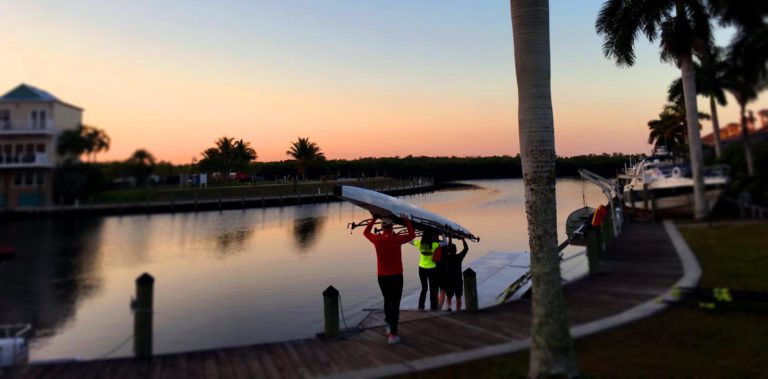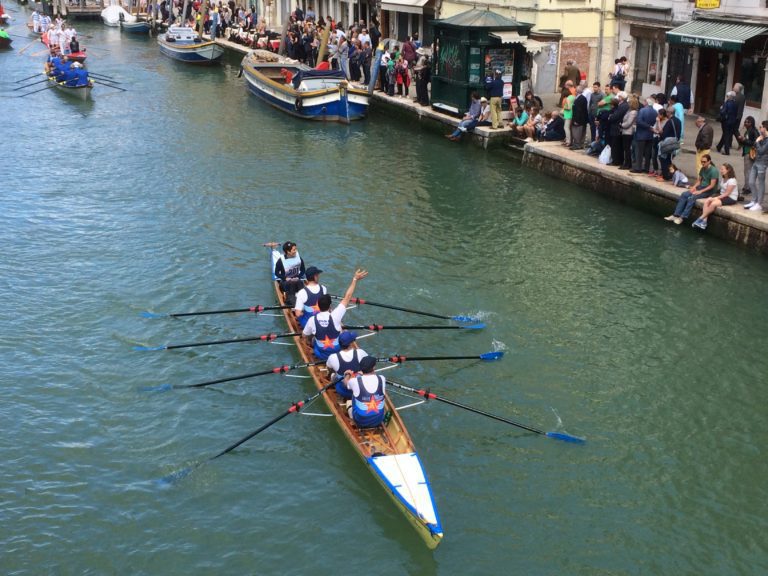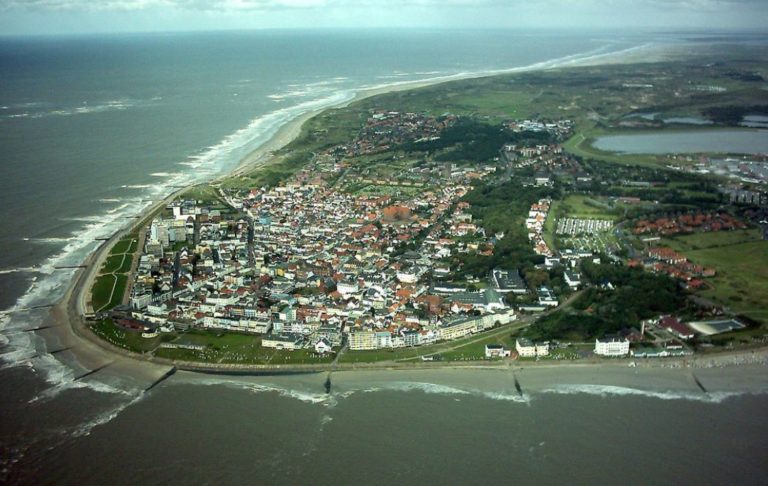How would I go to sleep after a long rowing day? My hands are sore, I got a sunburn, my behind feels week and I am really afraid of the next morning.
If you are really sick, go see a doctors. Do not wait with heavy sunburns until the next da. Try to find somebody to bring you to a doctors or a pharmacy. They will check you out and help you.
I suggest seeing a physician or chiropractor to get evaluated.
If the pain after rowing is really serious but you think that you can stand it…. think about that: Recovery begins as soon as the rowing tour or training session ends. If you are so sore, that you are having difficulty moving and it only gets worse throughout the day and sleep.
This means, you have potentially worked at an intensity level that pushed you to your limits or have have not done a proper job of cooling down. So please: After every tour day try to strech and keep your muscles flexible.
Flexibility work (soft tissue) is step 1, as well as doing any self myofascial release work (step 2) with a foam roller or lacrosse ball. I try to end every session with 2-3′ of diaphragmatic breathing to help reset the sympathetic/parasympathetic nervous system. You can do this in The clubhouse gym or right after landing on the grass.
… .. .. .. .. .. .. .. .. . … . . . . . . . . .
I’d also inquire how old their mattress is as well. Older mattresses can exacerbate low back pain and stiffness.
There is likely more that the athlete could be doing before sleeping position needs to be managed.
However, assuming they’ve ruled out everything else and sleeping position truly is where the most benefit is to be gained…
Sleep on their back.
One pillow under the knees to raise the legs and take pressure off the lower back.
One pillow under each arm to raise the arms and take pressure off the shoulder joint.
Small pillow or no pillow under the head, so the neck is neutral and not jammed forward.
Personally, I find this more comfortable but can’t sleep deeply like this. It’s nice for naps though where the focus isn’t necesarily on deep sleep. If the athlete is already comfortable sleeping on their back, maybe this would work better for them.
However, we do not know the lumbar curve of this individual. What you are recommending works if they have a dramatic lumbar curve, this would allow the low back to lie flat on the mattress and the tissues to relax. If their lumbar spine is flat this may not work and may put greater pressure and exacerbate discomfort. Some of this hereditary and some is adaptation from sport. Fighters tend to have flat lumbar spines and sprinters have more of a lordotic curve due to lots of hip extension.
This type of recommendation needs to be individualized and tuned to that athlete. I recommend looking at the back supports McGill recommends to improve lumbar position in bed, sitting, or at work.
I would agree with the comments about post-workout protocols! This likely needs more attention.
Sara Hendershot Lombardi (Row efficiency champion) advises
I certainly used to find though, that there were sessions where no matter what kind of rolling, mobility, cool-down I had done, the soreness was still very intense. E-stim became a game changer for me for both recovery and soreness. Some great options out there include Marc Pro, Compex, and Powerdot (not a Tens machine).
Duncan Holland (Coach) advises
Recovery protocols|: Are you cooling down properly? Gentle exercise after the big effort and ice packs can help. Leave sufficient recovery time after a heavy work out before repeating, give the muscles a chance to heal before damaging them again. Gentle massage of the affected muscles just before sleep may help.
Is the bed dry and warm? If your house isn’t properly heated an electric blanket to dry and heat the bed prior to sleeping might help.
Advertisement





